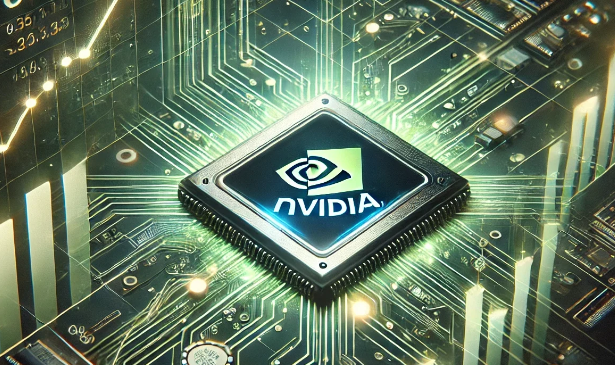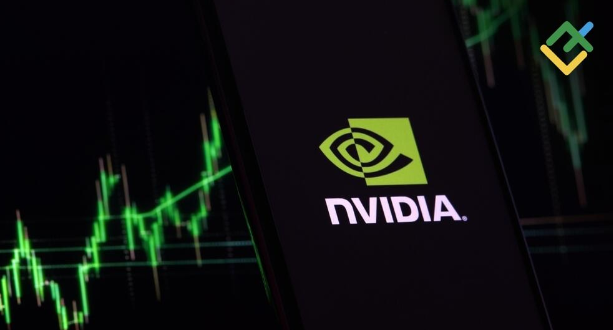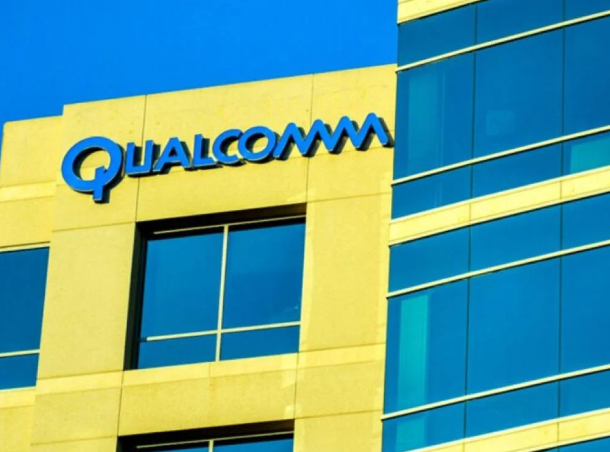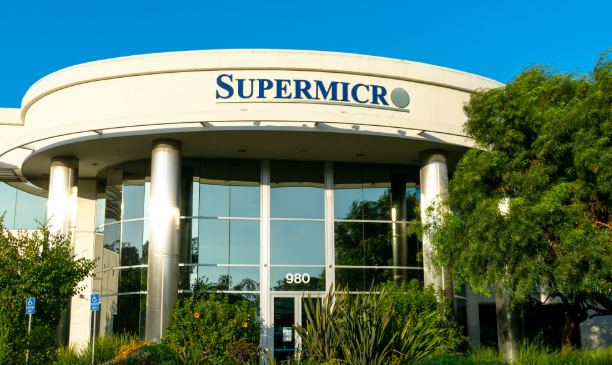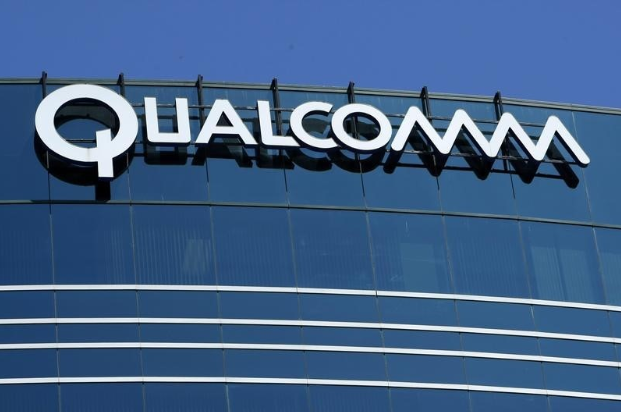SOXX, The premier semiconductor ETF, naturally done very well with the AI, Nvidia boom. Up 62% in the last twelve months. Solid for the long term, but I would wait for a lower entry point, 10-20% lower to get meaningful returns. Given the froth in the market for all things AI, we may not get that decline, though, I think patience is better.
XLK, Very similar to SOXX 48% up in the last 12- same thing wait for a better price, but again long term very solid. The big issue is so much of the future gains have already been priced in so going forward it’s going to be much lower than the 48% plus you have the risk of the ETF dropping or staying sideways.
VOO – follows the S&P 500, is about 28% up in the past year, and 8% YTD – not surprisingly because the S&P 500 has about a 30% technology influence, its a market capitalization weighted index so the big tech bellwethers like Nvidia, Microsoft dominate its movements.
Many analysts have already crossed their S&P 500 targets for 2024, and just a few are revising it upwards, therefore not likely to see too many Buy Calls from these levels.
The longer-term average annual move in the S&P 500 is usually around 8%. We’ve already advanced 8% in the first two months, so the same story, currently overbought – would prefer a better entry point on a correction.





